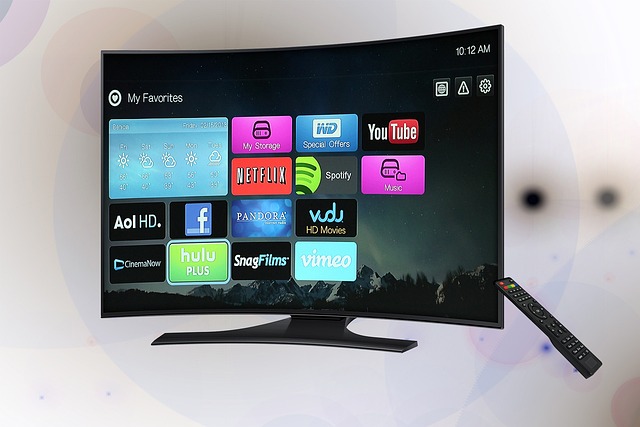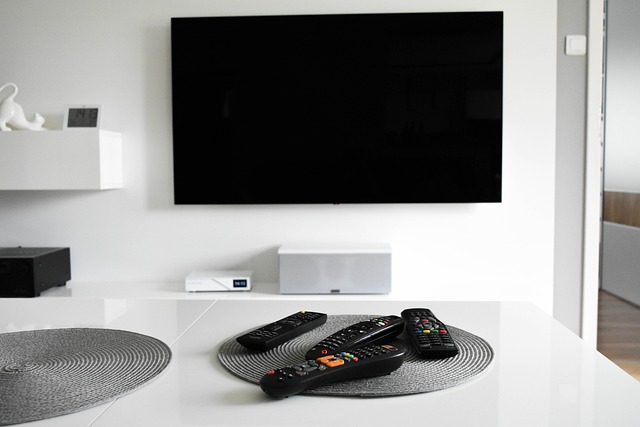What You Need to Know About TV Display Technology
When buying a new TV, understanding display technology is crucial in making an informed decision. Similar to iptv services, a wide range of TV options are available. This makes it overwhelming to browse through the different types and terminologies. This article will demystify TV display technology and help you learn more about the key considerations when choosing the perfect TV for your home entertainment setup.
LED TVs
LED (Light Emitting Diode) TVs are the most common and affordable type of TVs available today. These TVs use an array of tiny LEDs to backlight the screen. LED TVs offer good color accuracy, brightness levels, and energy efficiency.
OLED TVs
OLED (Organic Light Emitting Diode) TVs represent the pinnacle of display technology. Unlike LED TVs, OLED panels emit their light individually, resulting in perfect black levels, infinite contrast ratios, and vibrant colors. Each pixel can be turned on or off independently, offering unparalleled picture quality. OLED displays are known for their remarkable ability to showcase deep blacks and intricate details. However, they tend to be more expensive than LED TVs.

QLED TVs
QLED (Quantum-dot Light Emitting Diode) TVs are another popular option in the market. Developed by Samsung, QLED utilizes quantum dots to enhance color accuracy and brightness. These TVs offer a wide color gamut and excellent HDR performance, making them ideal for watching HDR content. QLED TVs are usually more affordable than OLED but deliver impressive picture quality. They come in a range of resolutions, including 4K and 8K.
HDR (High Dynamic Range)
High Dynamic Range technology has become increasingly prevalent in modern TVs. HDR expands an image’s range of colors, contrast, and brightness, resulting in more realistic and vibrant visuals. When choosing a TV, look for models that support HDR formats like HDR10, Dolby Vision, or HLG (Hybrid Log-Gamma). HDR content is widely available on streaming platforms like Netflix and Amazon Prime Video, providing a captivating viewing experience.
Refresh Rate and Response Time
The refresh rate and response time are crucial, especially for gamers and sports enthusiasts. The refresh rate refers to how many times the image updates per second. A higher refresh rate (usually 60Hz, 120Hz, or 240Hz) ensures smooth motion and reduces motion blur. A lower response time (typically milliseconds) minimizes ghosting, providing clearer images during fast-moving scenes.

Resolution
TV resolution determines the number of pixels on the screen, directly affecting image sharpness and clarity. Full HD suits smaller screens, while 4K offers more detail and is recommended for larger screens. It’s worth noting that more content, including streaming services and gaming consoles, is now available in 4K resolution.
Viewing Angle
The viewing angle refers to how far you can move to the side of a TV before the image quality deteriorates. For households with multiple viewers or larger rooms, choosing a TV with a wide viewing angle is essential. OLED TVs generally offer the best viewing angles, while LED and QLED displays can vary in performance.
Conclusion
By understanding the nuances of TV display technology and considering these considerations, you can make an informed decision and bring home a TV that will elevate your home entertainment experience. So, dive into the world of stunning visuals and captivating content, and enjoy the immersive journey that a well-chosen TV display technology can provide.…


